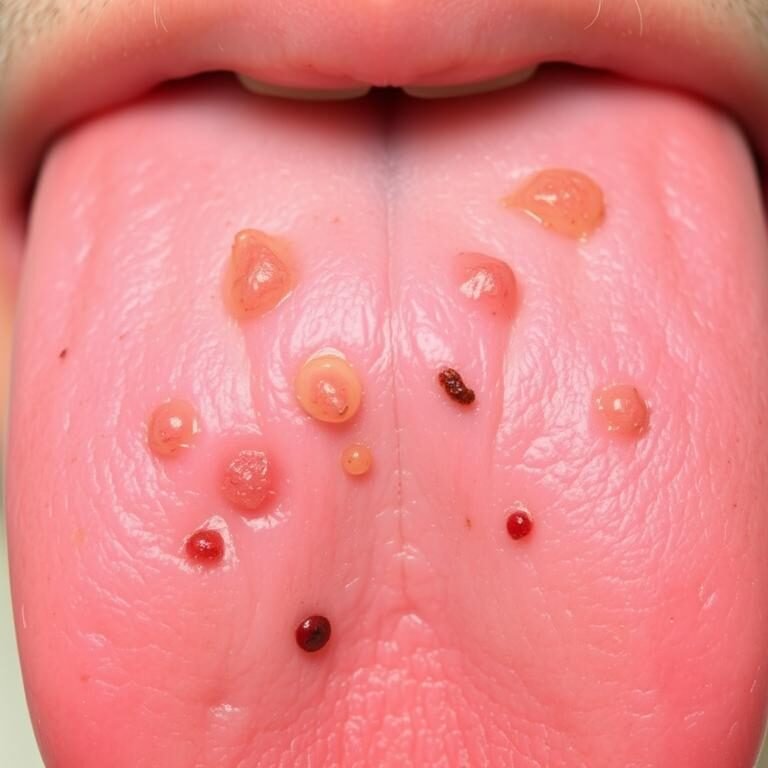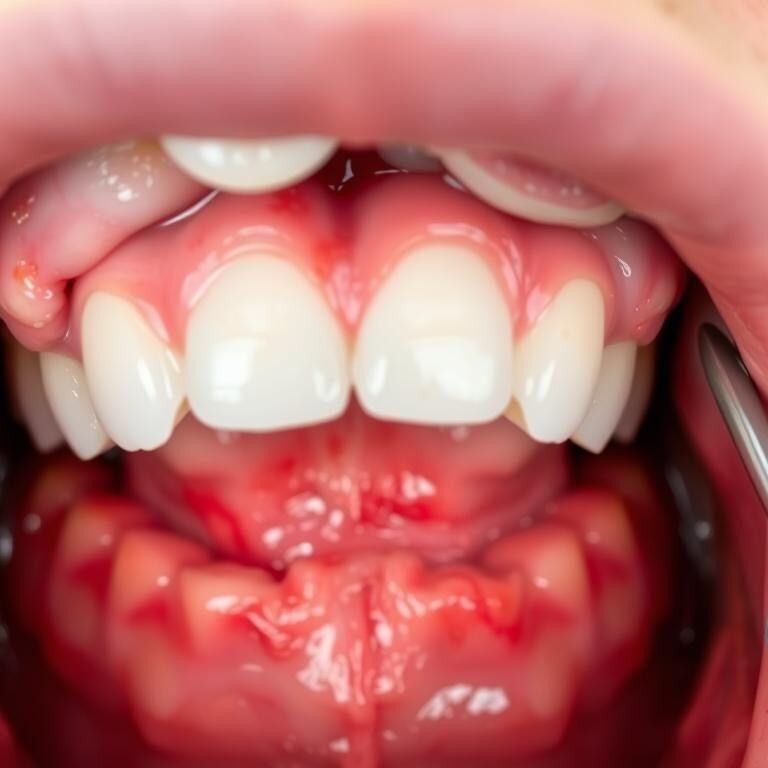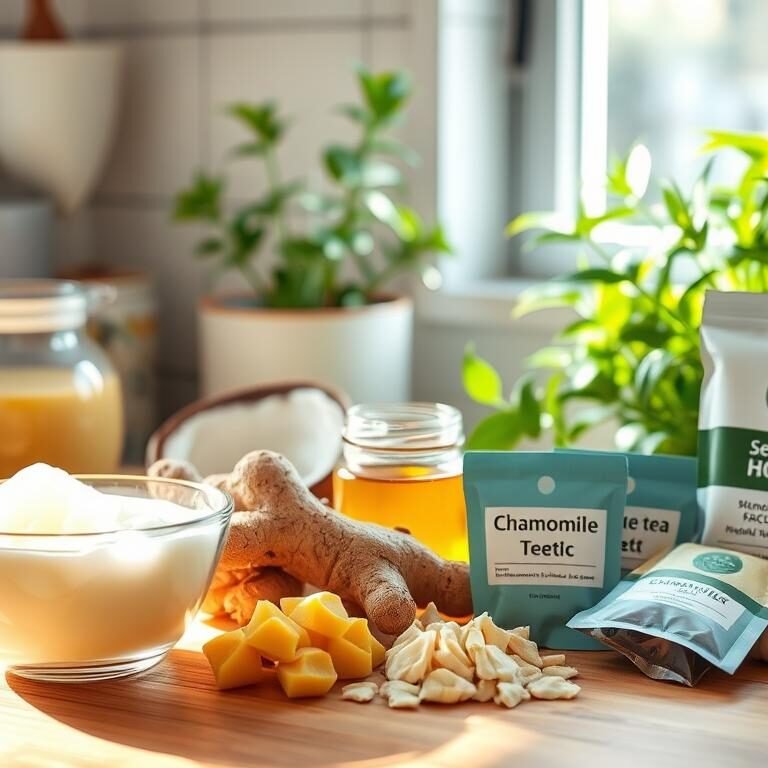Table of Contents
Ancient Dental Hygiene Practices

Dental hygiene practices have been a critical aspect of human health since ancient times. Historical evidence suggests that civilizations such as the Egyptians, Greeks, and Romans were keen on maintaining oral hygiene. Archaeological findings have revealed that these early cultures used various methods to clean their teeth, including chewing sticks made from tree twigs and abrasive powders to scrub away plaque and food particles.
Moreover, some ancient societies also utilized ingredients like crushed shells, bones, and charcoal in their tooth-cleaning practices. These substances were believed to have both abrasive and whitening properties. It is fascinating to observe how these early civilizations valued oral health and sought innovative ways to keep their teeth clean and healthy, laying the foundation for modern dental care practices that we follow today.
Early Tooth-Cleaning Tools
Historically, dental hygiene has been a concern for civilizations worldwide. Early tooth-cleaning tools, while primitive by today’s standards, played a crucial role in maintaining oral health. Archeological findings indicate that ancient cultures used a variety of implements to clean their teeth, such as chew sticks, twigs, and even feathers. These tools were rudimentary but effective in removing food particles and plaque from teeth, preventing decay and gum disease.
Some cultures, such as the ancient Egyptians and Greeks, also used abrasive powders like crushed eggshells and pumice to scrub their teeth and keep them clean. These early tooth-cleaning practices laid the foundation for modern oral hygiene routines, highlighting the long-standing importance of maintaining dental health throughout human history.
Ingredients Used in Early Toothpaste

Early toothpaste formulations date back thousands of years, with ancient civilizations utilizing various ingredients to maintain oral hygiene. Ingredients used in early toothpaste often included abrasive components like crushed bones, ashes, and oyster shells to scrub teeth clean. These substances were mixed with abrasive powders like pumice and alum to help remove plaque and stains effectively. In addition, early toothpaste recipes commonly incorporated herbs and spices such as mint, cinnamon, and clove for freshness and flavor. These natural ingredients not only freshened breath but also provided antimicrobial properties to combat oral bacteria.
Furthermore, early toothpaste formulations frequently incorporated substances like eggshells and charcoal, which acted as natural whiteners to enhance the appearance of teeth. The inclusion of these elements in toothpaste aimed to promote dental health and aesthetics in ancient societies. As civilizations progressed, the evolution of toothpaste formulas gradually transitioned from rudimentary mixtures to more sophisticated blends that targeted specific oral health concerns. The utilization of diverse ingredients in early toothpaste paved the way for the development of modern dental care products that prioritize both functionality and user experience.
Evolution of Toothpaste Formulas
Throughout history, the evolution of toothpaste formulas has been a fascinating journey of discovery and innovation. Early civilizations used a variety of natural ingredients such as crushed bones, oyster shells, and eggshells to clean their teeth. These abrasive substances were effective in removing plaque and debris, laying the foundation for the development of modern toothpaste.
As time progressed, ancient cultures experimented with different components to enhance the cleansing properties of their toothpaste. Ingredients like charcoal, ashes, and herbs were added to create more potent formulas. The evolution of toothpaste formulas continued as civilizations refined their recipes, introducing elements like salt, mint, and honey for improved taste and freshness. The journey from rudimentary tooth-cleaning agents to the sophisticated formulas we use today is a testament to human ingenuity and commitment to oral health.
The Rise of Modern Toothpaste Brands

Modern toothpaste brands have emerged as a result of advancements in dental science and consumer preferences. These brands have capitalized on research and development to create products that cater to various oral health needs, such as whitening, sensitivity relief, and cavity protection. With a focus on ingredients that promote dental hygiene, modern toothpaste brands have revolutionized oral care routines worldwide.
The competition among modern toothpaste brands has led to a plethora of options for consumers, offering a wide range of flavors, textures, and benefits. Through strategic marketing campaigns and endorsements from dental professionals, these brands have effectively promoted the importance of oral health maintenance. As a result, consumers now have access to a diverse selection of toothpaste products that cater to their specific preferences and requirements.
The Role of Fluoride in Toothpaste
Fluoride plays a crucial role in toothpaste as a key ingredient aimed at promoting dental health. Its significance lies in its ability to strengthen tooth enamel, making it more resistant to decay caused by acids produced by bacteria in the mouth. By incorporating fluoride into toothpaste formulations, manufacturers aim to provide an effective preventive measure against cavities and tooth erosion, aiding in maintaining optimal oral health.
Research studies have consistently supported the benefits of fluoride in toothpaste, showing a significant reduction in the prevalence of cavities and dental caries among individuals who use fluoride-containing oral care products regularly. The mineral works by remineralizing tooth enamel, reversing early stages of decay, and inhibiting the growth of harmful bacteria in the oral cavity. Therefore, fluoride stands as a cornerstone in toothpaste formulations, contributing to the overall effectiveness of oral hygiene practices and supporting individuals in maintaining healthy teeth and gums.
Innovations in Toothpaste Packaging
One of the key aspects contributing to the success of toothpaste in the consumer market is its packaging. Over the years, innovations in toothpaste packaging have aimed at enhancing both functionality and user experience. From traditional metal tubes to modern squeeze tubes, manufacturers have continuously strived to improve the convenience and hygiene of toothpaste dispensing.
Advancements in toothpaste packaging have led to the introduction of features such as flip-top caps for easy opening and closing, pump dispensers for controlled dispensing, and even packaging designs that cater to specific age groups like children with colorful and fun packaging. These innovations not only make toothpaste more user-friendly but also play a vital role in maintaining the product’s freshness and efficacy. In a competitive market where visual appeal and user experience are crucial, toothpaste packaging continues to evolve to meet the ever-changing demands of consumers.
The Impact of Marketing on Toothpaste Sales
Marketing plays a pivotal role in the success of toothpaste sales in the highly competitive oral care industry. Through targeted advertising campaigns, strategic branding, and persuasive messaging, companies aim to capture the attention of consumers and influence their purchasing decisions. By emphasizing unique selling points, such as whitening properties, cavity protection, or sensitivity relief, marketers create strong market differentiation and foster brand loyalty among consumers.
In today’s digital age, marketing efforts have expanded beyond traditional mediums to include social media platforms, influencer collaborations, and interactive online experiences. These innovative strategies allow toothpaste brands to reach a wider audience and engage with consumers on a more personal level. By leveraging consumer insights and market trends, companies can tailor their marketing campaigns to resonate with specific target demographics, driving brand awareness and ultimately increasing sales.
Toothpaste Trends in Different Cultures
In various cultures around the world, toothpaste trends reflect not only historical practices but also specific beliefs and preferences. For instance, in some Asian countries like Japan, toothpaste with charcoal has gained popularity due to its purported whitening and detoxifying properties. Conversely, in Middle Eastern cultures, Miswak sticks are utilized for dental hygiene, known for their natural cleaning and antibacterial benefits. These regional variations in toothpaste ingredients and tools showcase the diverse approaches to oral care across different societies.
Moreover, within the Western market, the trend towards natural and organic toothpaste options has been steadily growing. Consumers are increasingly seeking products free from artificial colors, flavors, and preservatives, opting for ingredients like baking soda, essential oils, and plant extracts. This shift aligns with a broader global movement towards sustainable and eco-friendly oral care solutions, emphasizing the importance of both personal health and environmental consciousness. As dental care becomes more culturally diverse and environmentally conscious, the evolution of toothpaste trends continues to reflect the changing values and preferences of societies worldwide.
| Region | Common Flavors/Ingredients | Interesting Trends |
|---|---|---|
| North America & Europe | Mint, whitening, cavity protection | Natural and organic options gaining popularity. Sensitivity relief pastes in demand. Charcoal toothpastes emerging. |
| East Asia (Japan, Korea) | Green tea, medicinal herbs, whitening | Focus on oral health benefits beyond just fresh breath. Products with enzymes and probiotics gaining traction. |
| South Asia (India) | Salty/spicy flavors, Ayurvedic ingredients (neem, clove) | Traditional herbal remedies used alongside commercial pastes. Focus on overall oral health and gum care. |
| Latin America | Fruity flavors, whitening | Strong preference for sweet or minty flavors. Growing interest in natural ingredients. |
| Africa | Strong mint, herbal whiteners | Traditional herbal remedies are used alongside commercial pastes. Focus on overall oral health and gum care. |
The Connection Between Toothpaste and Oral Health
Toothpaste plays a vital role in maintaining good oral health by effectively removing plaque, preventing cavities, and freshening breath. The mechanical action of brushing combined with the abrasive nature of toothpaste helps to eliminate bacteria and food particles that can lead to tooth decay and gum disease. Additionally, toothpaste often contains ingredients like fluoride, which strengthen tooth enamel and protect against acid erosion, further contributing to overall dental well-being.
The choice of toothpaste can significantly impact oral health outcomes. Different toothpaste formulas cater to various needs, such as whitening, sensitivity relief, or tartar control. It is essential for individuals to select a toothpaste that aligns with their specific oral health requirements, as using the right product can enhance the effectiveness of daily oral hygiene practices and contribute to a healthier mouth. By incorporating toothpaste into a comprehensive oral care routine that includes regular dental check-ups and proper brushing and flossing techniques, individuals can promote long-term dental health and prevent common dental issues.
Toothpaste’s Contribution to Public Health
Toothpaste plays a vital role in promoting public health by assisting in the prevention of oral diseases. The primary function of toothpaste is to help remove plaque, a sticky film of bacteria that can lead to tooth decay and gum disease if not properly managed. By containing abrasive agents like silica and fluoride, toothpaste aids in the mechanical removal of plaque buildup, thereby reducing the risk of cavities and periodontal issues. Additionally, fluoride in toothpaste strengthens tooth enamel, making it more resistant to acid attacks and decay, further contributing to overall oral health.
Furthermore, toothpaste often incorporates antimicrobial agents like triclosan or essential oils, which can help inhibit the growth of bacteria in the mouth. This antimicrobial action assists in controlling bad breath and reducing the likelihood of infections within the oral cavity. By promoting regular brushing habits and maintaining proper oral hygiene practices, toothpaste serves as a fundamental tool in preventing dental issues and fostering better overall health outcomes for individuals and communities alike.
Regulations for Toothpaste Production
To ensure the safety and quality of toothpaste products available on the market, regulations for toothpaste production are put in place by regulatory bodies such as the Food and Drug Administration (FDA) in the United States and the European Medicines Agency (EMA) in Europe. These regulations mandate strict requirements for the manufacturing processes, ingredients used, labeling guidelines, and overall product quality. Compliance with these regulations is essential to guarantee that toothpaste products meet specific standards for efficacy and safety.
Manufacturers must adhere to Good Manufacturing Practices (GMP) when producing toothpaste to maintain consistency, cleanliness, and quality throughout the production process. This includes ensuring that ingredients are sourced from reputable suppliers, following standardized procedures for formulation and blending, and implementing stringent quality control measures to monitor the final product’s characteristics. By enforcing these regulations, authorities aim to protect consumer health and uphold industry standards for toothpaste production.
The Environmental Impact of Toothpaste
The manufacturing and disposal of toothpaste can have significant environmental impacts. The production process of toothpaste often involves the extraction of natural resources, such as water and minerals, contributing to resource depletion. Additionally, the packaging of toothpaste, typically made of plastic, can lead to plastic waste that persists in the environment and poses a threat to wildlife.
Furthermore, the chemicals present in toothpaste, such as fluoride and artificial colors, can enter the water supply when toothpaste is rinsed down the sink. This can have detrimental effects on aquatic ecosystems and water quality. As consumers become more conscious of environmental issues, there is a growing demand for eco-friendly toothpaste options that use sustainable ingredients and biodegradable packaging to minimize the ecological footprint of oral care products.
Environmental Impact of Toothpaste
| Impact Area | Description |
|---|---|
| Plastic Packaging | Most toothpaste tubes are made of non-recyclable plastic, leading to billions ending up in landfills or oceans each year. |
| Production Emissions | Manufacturing plastic tubes and toothpaste ingredients releases greenhouse gases, contributing to climate change. |
| Ingredient Concerns | Some toothpaste ingredients, like triclosan, can harm aquatic ecosystems if not properly disposed of. |
DIY Toothpaste Recipes
One of the growing trends in oral hygiene is the crafting of do-it-yourself (DIY) toothpaste recipes. Many individuals are exploring homemade alternatives to commercial toothpaste for various reasons, such as reducing their environmental footprint, avoiding certain ingredients, or simply enjoying the satisfaction of creating their own oral care products. DIY toothpaste recipes often feature natural ingredients like baking soda, coconut oil, essential oils, and even herbs known for their antibacterial properties. Enthusiasts of these homemade toothpaste options claim benefits ranging from fresher breath to improved oral health, but it is crucial to approach these recipes with caution and consult dental professionals to ensure their effectiveness and safety.
While DIY toothpaste recipes offer a personalized approach to oral care, it is essential to recognize that not all homemade options may provide the same level of protection against cavities, plaque, and gum disease as commercial toothpaste containing fluoride and other proven ingredients. Dental professionals emphasize the importance of fluoride in preventing tooth decay and strengthening enamel, which may not be present in all DIY toothpaste variations. As individuals embrace the creativity and control that comes with making their toothpaste, it is advisable to strike a balance between homemade experimentation and the evidence-backed benefits of fluoride-based commercial toothpaste for optimal oral health outcomes.
Future Trends in Toothpaste Development
The future of toothpaste development holds exciting prospects for enhancing oral health across populations. Innovations in toothpaste formulations may involve the integration of advanced probiotics to promote a healthy oral microbiome. These beneficial bacteria could help combat harmful pathogens in the mouth, potentially reducing the risk of cavities and gum disease. Furthermore, personalized toothpaste tailored to an individual’s specific oral health needs may become a reality, offering targeted solutions for issues such as sensitivity or enamel protection.
Advancements in toothpaste technology may also include the incorporation of nanomaterials for more efficient plaque removal and remineralization of enamel. Nano-sized particles could improve the penetration of active ingredients, leading to enhanced cleaning and protection against oral diseases. Additionally, biodegradable packaging materials and eco-friendly formulations might become standard in the industry, addressing growing concerns about the environmental impact of traditional toothpaste products. These developments present a promising future for oral care, combining scientific innovation with sustainability for improved dental hygiene practices.
What are some potential future trends in toothpaste development?
Some potential future trends in toothpaste development include the incorporation of more natural and sustainable ingredients, advancements in packaging design to reduce environmental impact, and the development of toothpaste formulas tailored to specific oral health needs.
How do regulations impact the production of toothpaste?
Regulations play a crucial role in ensuring the safety and efficacy of toothpaste products. They set standards for ingredients, manufacturing processes, labeling, and packaging to protect consumer health.
How can toothpaste contribute to public health?
Toothpaste plays a vital role in promoting good oral hygiene, which is linked to overall health and well-being. By preventing tooth decay, gum disease, and other oral health issues, toothpaste can contribute to reducing the burden of dental problems on public health systems.
What is the environmental impact of traditional toothpaste products?
Traditional toothpaste products can have a negative environmental impact due to the use of non-biodegradable packaging materials and ingredients that may be harmful to the environment. The production, distribution, and disposal of toothpaste can contribute to pollution and waste generation.
Are there any DIY toothpaste recipes that people can try at home?
Yes, there are various DIY toothpaste recipes that people can try at home using natural ingredients such as baking soda, coconut oil, essential oils, and salt. These homemade toothpaste alternatives can be a more eco-friendly and cost-effective option for some individuals.












